English | Dutch |
|
| Churches and art | |
Palermo (Italy) to Venice (Italy), October 2014
|
|
| |
|
We have achieved our main goal in Italy. It was our wish to see Sicily we finally succeeded. We must admit that we had higher expectations about Sicily’s landscape. Of course, the scenery is beautiful, but not spectacular enough to justify the long trip to this island. But Sicily has some great cities on offer. Palermo and Catania are still real Sicilian cities with interesting historic centres and the dynamic Italian daily life (see the photo impression of the Sicilian cities).
|
|
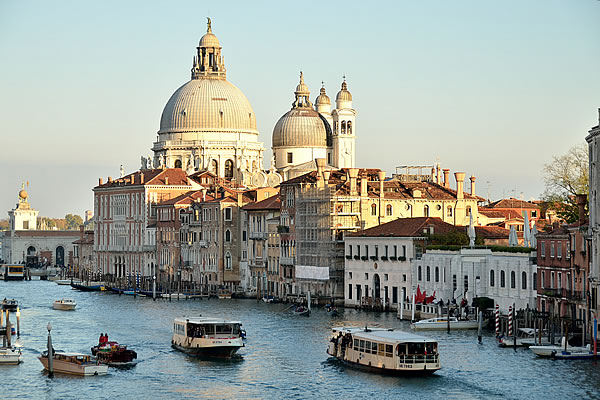 |
|
The busy Grand Canal in Venice |
|
A half day's drive to the north is Rome. A beautiful city with a history that is unparalleled. It's incredible to see what the city has to offer to visitors. We mention a few: the Colosseum, the Pantheon, the Trevi Fountain and of course the Vatican. What is so special about Rome is that many art is still visible to everyone without having to buy an expensive ticket and stand in line for hours. Some of the masterpieces you can see for free are: Michelangelo's fabulous images 'Pietà' in St. Peter's Cathedral and the tomb he made for Pope Julius II in the Basilica di San Pietro in Vincoli. And also frescoes by masters like Caravaggio, Raphael, Giotto and again Michelangelo adorn the walls of many churches that are scattered around the city and are free to visit. But Rome also has its downside: mass tourism. We have never visited a city that attracts so many tourists as Rome does. It started for us already on the campsite in the outskirts of Rome where hundreds of schoolchildren occupied mobile homes during their school trip to Rome. The historic centre of Rome is now an open air museum from where Italian life is completely squeezed out by tourism. Everything, absolutely everything in the centre of Rome is nowadays related to tourism (read here include our experience of our visit to the Vatican Museum).
|
|
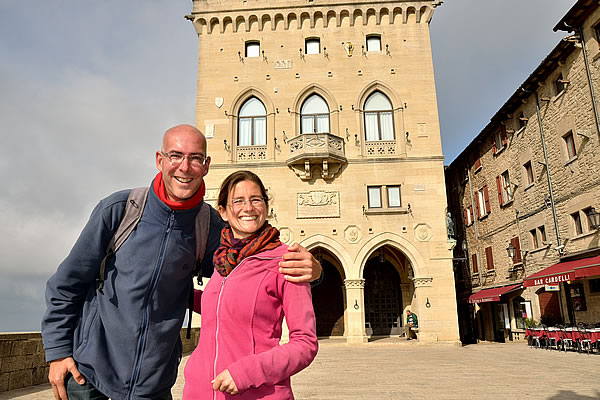 |
|
Us in San Marino |
|
| To escape the churches and art for a while, we drove to San Marino, after the Vatican and Monaco the smallest country in Europe. There is not a lot is to see here, but the location of San Marino on top of Mount Titano is spectacular with great views. San Marino has even made it to the UNESCO World Heritage list, because it is the oldest republic in the world, and the only former city state on the peninsular was not incorporated in the Italian Republic. In San Marino, we unfortunately said also goodbye to the perfect weather we had. Until that time we have had super weather in Italy. From San Marino on it was different. The mercury at daytime seldom rose above 16 degrees Celsius and at night the mercury in our tent even dropped to about 5-7 degrees.
|
|
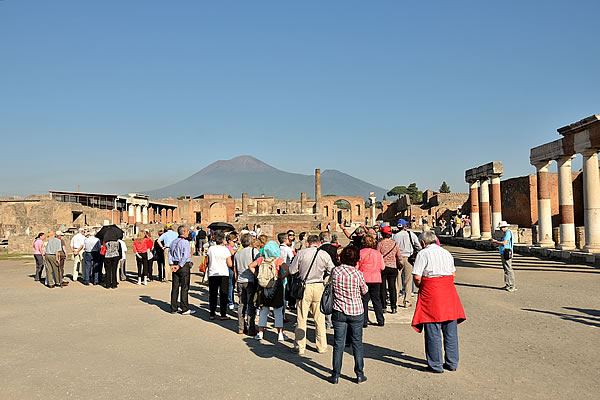 |
|
Crowds in Pompeï with the Vesuvius Volcano in the background |
|
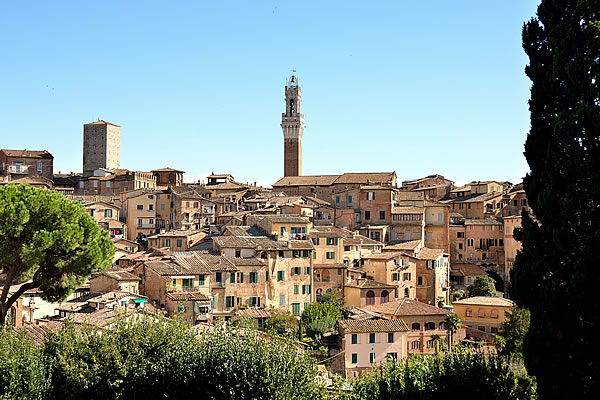 |
|
The old town of Siena |
|
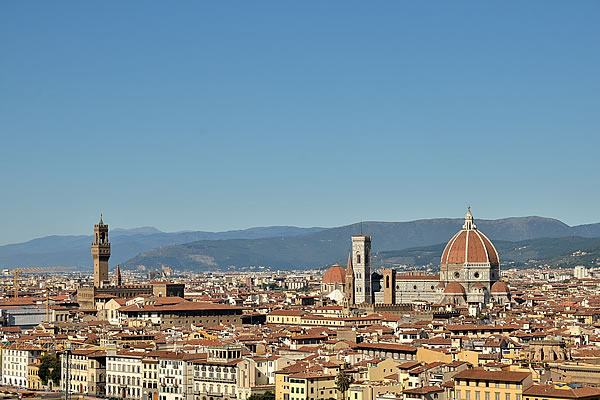 |
|
View on Florence |
|
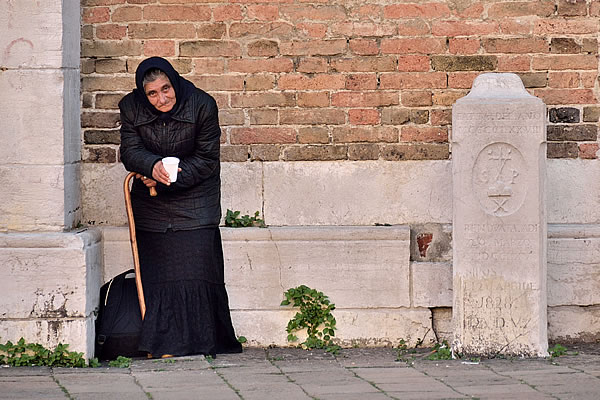 |
|
Beggar in Venice |
|
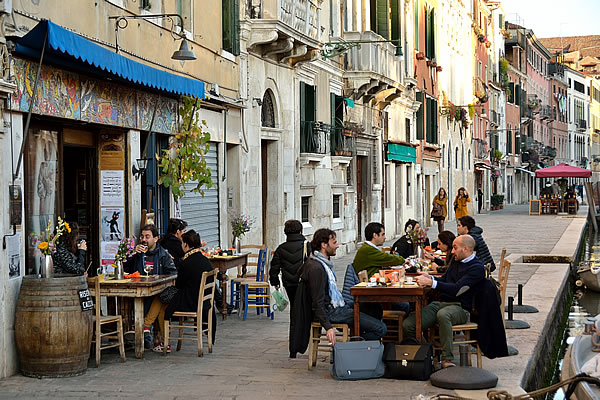 |
|
Atmospheric restaurants in a less touristy part of Venice |
|
| <Previous weblog> | |